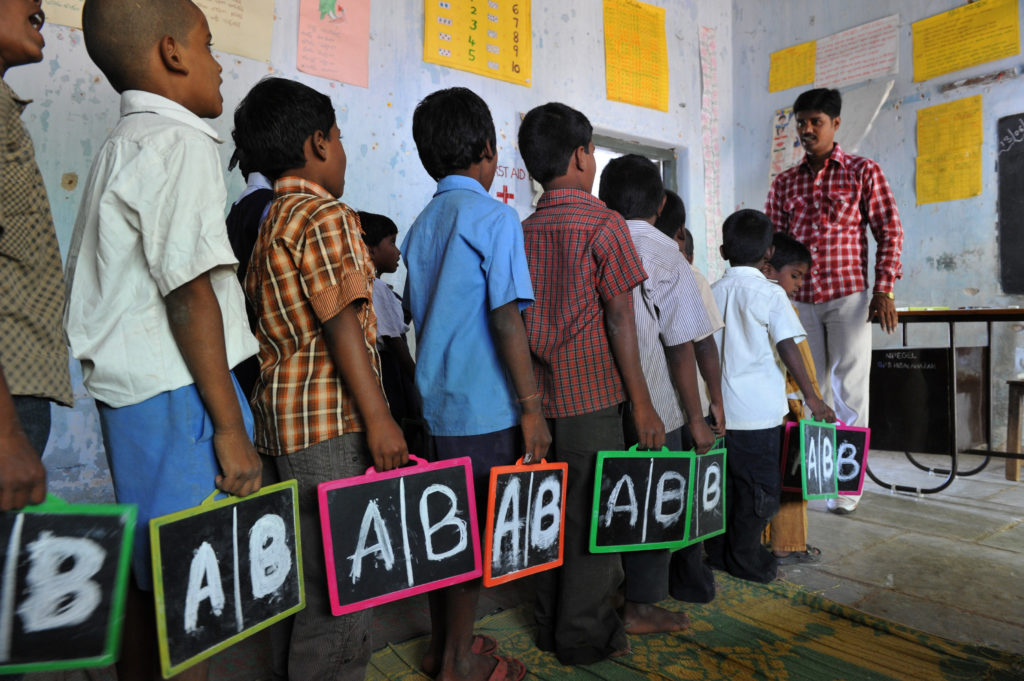New Education Policy 2020: What is 5+3+3+4 Schooling System? How Does It Work?

With the introduction of a New Education Policy on July 29, 2020, certain aspects of the education system have been tweaked.
The new structure, termed as 5+3+3+4 , is a reformation of the existing 10+2 structure.
While many anticipate this new model to manipulate the number of years a child spends in formal education, it is untrue.
We will break down this new education policy structure for you, to understand it better.
Contents
Quick Comparison between (10+2) and (5+3+3+4) Structures
The new education structure includes the existing three years of playschool into the scope of formal education.
This means that there is no modulation in the number of years a child spends in school, between the two models.
The main change in the two models will be that the latter will focus upon a more cognitive and progressive learning module, rather than the existing rote learning and ‘one size fits all’ pedagogical educational structure.
The detailed breakdown of the new structure is entailed below.
Foundational Stage
Students of ages 3-8 years will fall under the foundational stage.
In this ‘multi-level play activity based learning’, children from ages 3 will be included. As of now, children this young are admitted into pre-schools, or kindergartens, for 3 years until they are 6.
In this stage however, these 3 years of kindergarten will be in conjunction with Class 1 and 2, making 5 years.
Schools will focus more on developing linguistic skills along with play-based and activity-based learning.
Preparatory Stage
This will include students of ages between 8-11 years, for Class 3-5.
In this stage, schools will pay more attention on developing language and numerical skill set, and the language of instruction will involve a local language or the child’s mother tongue.
Schools will teach 3 languages and its is upon the State’s prerogative to decide them.
Middle Stage
It will include students from ages 11-14 years in grades 6 to 8.
This level will emphasize on subject-oriented learning style and critical learning across science, maths, arts, social science and humanities.
Secondary Stage
It includes children from ages 14-18 years and is divided into two sets, one covering class 9 and 10, the other covering 11 and 12.
This stage will focus on life aspirations of a student, critical thinking and allow students to be flexible with the subjects they want.
The NEP has also proposed a change in the examination structure. The assessment system will track the shortcomings and interests of every single child so that he/she is tested on his/her core capability.

Comments are closed, but trackbacks and pingbacks are open.